
AppAgent
AppAgent: Multimodal Agents as Smartphone Users, an LLM-based multimodal agent framework designed to operate smartphone apps.
Stars: 4688
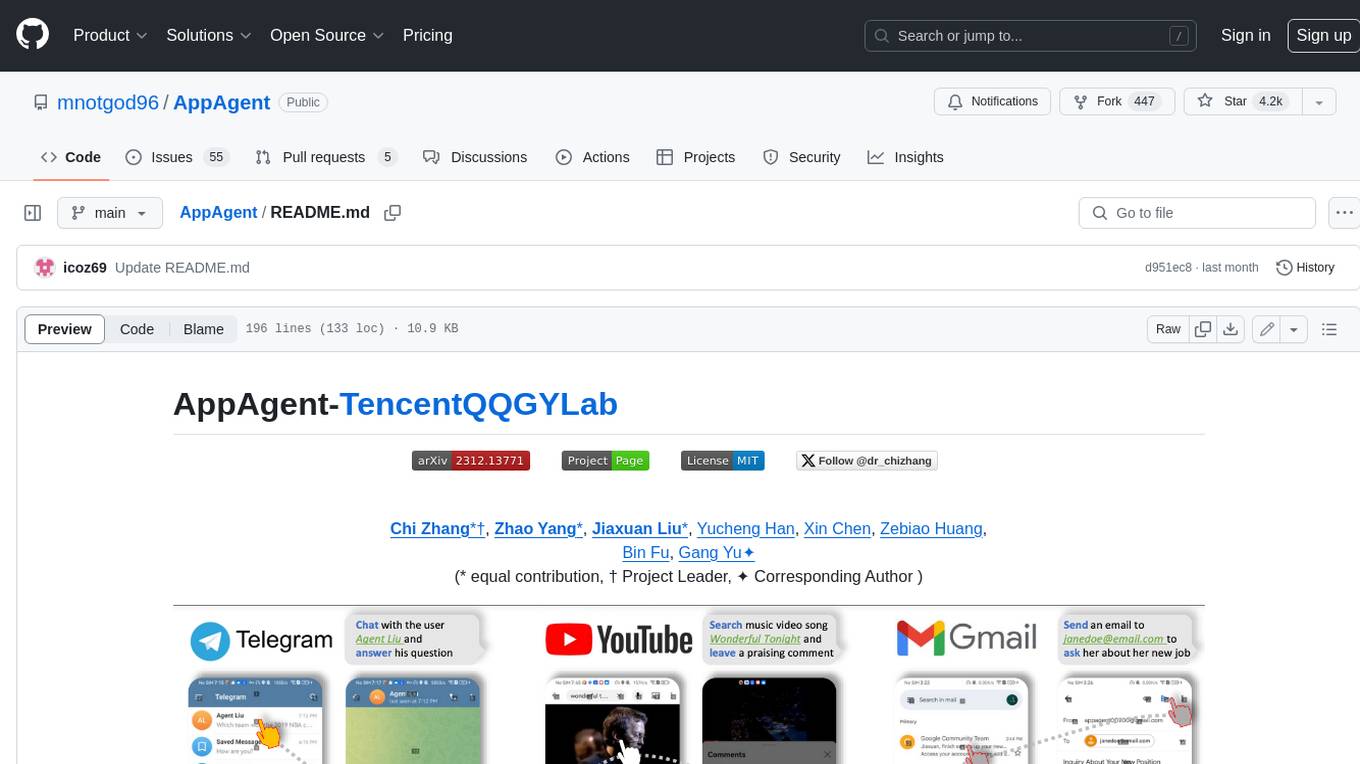
AppAgent is a novel LLM-based multimodal agent framework designed to operate smartphone applications. Our framework enables the agent to operate smartphone applications through a simplified action space, mimicking human-like interactions such as tapping and swiping. This novel approach bypasses the need for system back-end access, thereby broadening its applicability across diverse apps. Central to our agent's functionality is its innovative learning method. The agent learns to navigate and use new apps either through autonomous exploration or by observing human demonstrations. This process generates a knowledge base that the agent refers to for executing complex tasks across different applications.
README:
AppAgent-TencentQQGYLab
Chi Zhang*†, Zhao Yang*, Jiaxuan Liu*, Yucheng Han, Xin Chen, Zebiao Huang,
Bin Fu, Gang Yu✦
(* equal contribution, † Project Leader, ✦ Corresponding Author )
ℹ️Should you encounter any issues
ℹ️This project will be synchronously updated on the official TencentQQGYLab Github Page.
-
[2024.2.8]: Added
qwen-vl-max(通义千问-VL) as an alternative multi-modal model. The model is currently free to use but has a relatively poorer performance compared with GPT-4V. - [2024.1.31]: Released the evaluation benchmark used during our testing of AppAgent
- [2024.1.2]: 🔥Added an optional method for the agent to bring up a grid overlay on the screen to tap/swipe anywhere on the screen.
- [2023.12.26]: Added Tips section for better use experience; added instruction for using the Android Studio emulator for users who do not have Android devices.
- [2023.12.21]: 🔥🔥 Open-sourced the git repository, including the detailed configuration steps to implement our AppAgent!
We introduce a novel LLM-based multimodal agent framework designed to operate smartphone applications.
Our framework enables the agent to operate smartphone applications through a simplified action space, mimicking human-like interactions such as tapping and swiping. This novel approach bypasses the need for system back-end access, thereby broadening its applicability across diverse apps.
Central to our agent's functionality is its innovative learning method. The agent learns to navigate and use new apps either through autonomous exploration or by observing human demonstrations. This process generates a knowledge base that the agent refers to for executing complex tasks across different applications.
The demo video shows the process of using AppAgent to follow a user on X (Twitter) in the deployment phase.
https://github.com/mnotgod96/AppAgent/assets/40715314/db99d650-dec1-4531-b4b2-e085bfcadfb7
An interesting experiment showing AppAgent's ability to pass CAPTCHA.
https://github.com/mnotgod96/AppAgent/assets/27103154/5cc7ba50-dbab-42a0-a411-a9a862482548
An example of using the grid overlay to locate a UI element that is not labeled with a numeric tag.
https://github.com/mnotgod96/AppAgent/assets/27103154/71603333-274c-46ed-8381-2f9a34cdfc53
This section will guide you on how to quickly use gpt-4-vision-preview (or qwen-vl-max) as an agent to complete specific tasks for you on
your Android app.
-
On your PC, download and install Android Debug Bridge (adb) which is a command-line tool that lets you communicate with your Android device from the PC.
-
Get an Android device and enable the USB debugging that can be found in Developer Options in Settings.
-
Connect your device to your PC using a USB cable.
-
(Optional) If you do not have an Android device but still want to try AppAgent. We recommend you download Android Studio and use the emulator that comes with it. The emulator can be found in the device manager of Android Studio. You can install apps on an emulator by downloading APK files from the internet and dragging them to the emulator. AppAgent can detect the emulated device and operate apps on it just like operating a real device.
-
Clone this repo and install the dependencies. All scripts in this project are written in Python 3 so make sure you have installed it.
cd AppAgent
pip install -r requirements.txtAppAgent needs to be powered by a multi-modal model which can receive both text and visual inputs. During our experiment
, we used gpt-4-vision-preview as the model to make decisions on how to take actions to complete a task on the smartphone.
To configure your requests to GPT-4V, you should modify config.yaml in the root directory.
There are two key parameters that must be configured to try AppAgent:
- OpenAI API key: you must purchase an eligible API key from OpenAI so that you can have access to GPT-4V.
- Request interval: this is the time interval in seconds between consecutive GPT-4V requests to control the frequency of your requests to GPT-4V. Adjust this value according to the status of your account.
Other parameters in config.yaml are well commented. Modify them as you need.
Be aware that GPT-4V is not free. Each request/response pair involved in this project costs around $0.03. Use it wisely.
You can also try qwen-vl-max (通义千问-VL) as the alternative multi-modal model to power the AppAgent. The model is currently
free to use but its performance in the context of AppAgent is poorer compared with GPT-4V.
To use it, you should create an Alibaba Cloud account and create a Dashscope API key to fill in the DASHSCOPE_API_KEY field
in the config.yaml file. Change the MODEL field from OpenAI to Qwen as well.
If you want to test AppAgent using your own models, you should write a new model class in scripts/model.py accordingly.
Our paper proposed a novel solution that involves two phases, exploration, and deployment, to turn GPT-4V into a capable agent that can help users operate their Android phones when a task is given. The exploration phase starts with a task given by you, and you can choose to let the agent either explore the app on its own or learn from your demonstration. In both cases, the agent generates documentation for elements interacted during the exploration/demonstration and saves them for use in the deployment phase.
This solution features a fully autonomous exploration which allows the agent to explore the use of the app by attempting the given task without any intervention from humans.
To start, run learn.py in the root directory. Follow the prompted instructions to select autonomous exploration
as the operating mode and provide the app name and task description. Then, your agent will do the job for you. Under
this mode, AppAgent will reflect on its previous action making sure its action adheres to the given task and generate
documentation for the elements explored.
python learn.pyThis solution requires users to demonstrate a similar task first. AppAgent will learn from the demo and generate documentations for UI elements seen during the demo.
To start human demonstration, you should run learn.py in the root directory. Follow the prompted instructions to select
human demonstration as the operating mode and provide the app name and task description. A screenshot of your phone
will be captured and all interactive elements shown on the screen will be labeled with numeric tags. You need to follow
the prompts to determine your next action and the target of the action. When you believe the demonstration is finished,
type stop to end the demo.
python learn.pyAfter the exploration phase finishes, you can run run.py in the root directory. Follow the prompted instructions to enter
the name of the app, select the appropriate documentation base you want the agent to use and provide the task
description. Then, your agent will do the job for you. The agent will automatically detect if there is documentation
base generated before for the app; if there is no documentation found, you can also choose to run the agent without any
documentation (success rate not guaranteed).
python run.py- For an improved experience, you might permit AppAgent to undertake a broader range of tasks through autonomous exploration, or you can directly demonstrate more app functions to enhance the app documentation. Generally, the more extensive the documentation provided to the agent, the higher the likelihood of successful task completion.
- It is always a good practice to inspect the documentation generated by the agent. When you find some documentation not accurately describe the function of the element, manually revising the documentation is also an option.
Please refer to evaluation benchmark.
- [ ] Incorporate more LLM APIs into the project.
- [x] Open source the Benchmark.
- [x] Open source the configuration.
@misc{yang2023appagent,
title={AppAgent: Multimodal Agents as Smartphone Users},
author={Chi Zhang and Zhao Yang and Jiaxuan Liu and Yucheng Han and Xin Chen and Zebiao Huang and Bin Fu and Gang Yu},
year={2023},
eprint={2312.13771},
archivePrefix={arXiv},
primaryClass={cs.CV}
}The MIT license.
For Tasks:
Click tags to check more tools for each tasksFor Jobs:
Alternative AI tools for AppAgent
Similar Open Source Tools

AppAgent
AppAgent is a novel LLM-based multimodal agent framework designed to operate smartphone applications. Our framework enables the agent to operate smartphone applications through a simplified action space, mimicking human-like interactions such as tapping and swiping. This novel approach bypasses the need for system back-end access, thereby broadening its applicability across diverse apps. Central to our agent's functionality is its innovative learning method. The agent learns to navigate and use new apps either through autonomous exploration or by observing human demonstrations. This process generates a knowledge base that the agent refers to for executing complex tasks across different applications.
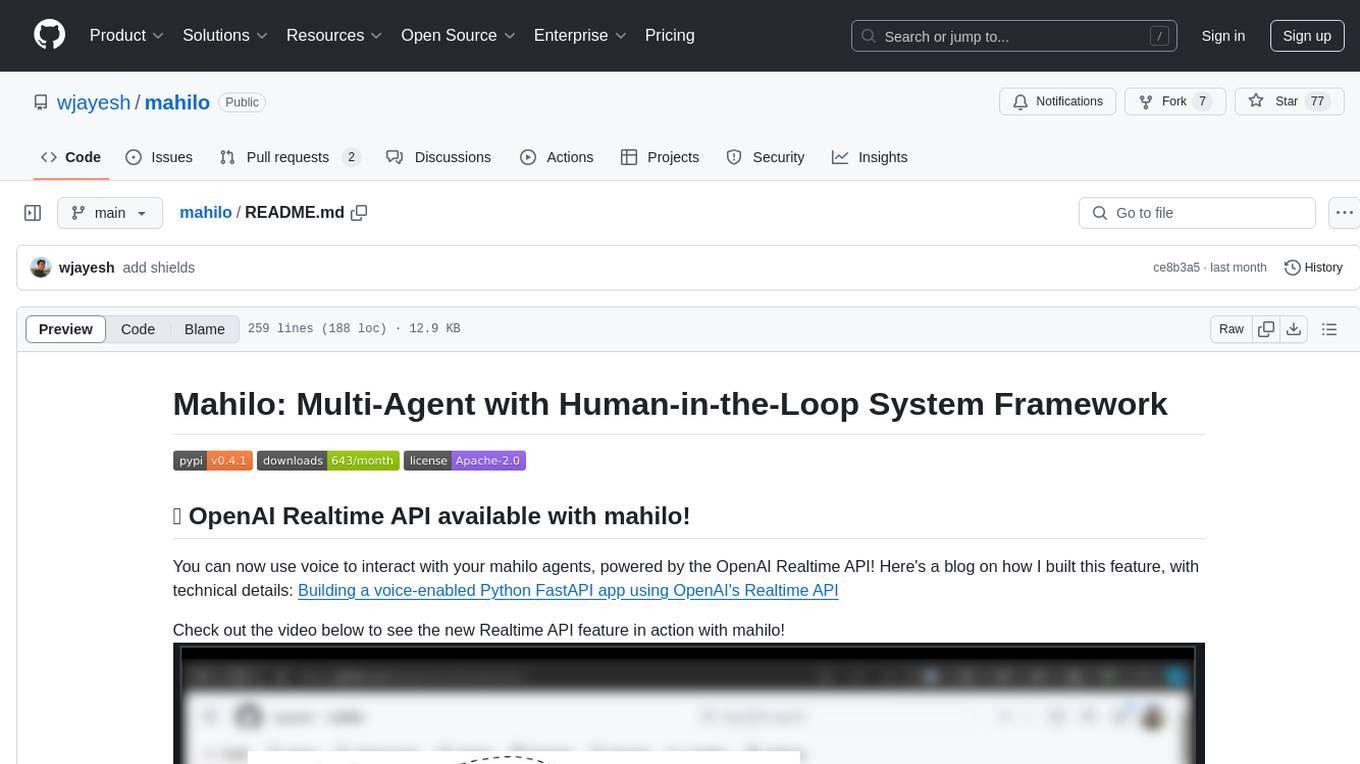
mahilo
Mahilo is a flexible framework for creating multi-agent systems that can interact with humans while sharing context internally. It allows developers to set up complex agent networks for various applications, from customer service to emergency response simulations. Agents can communicate with each other and with humans, making the system efficient by handling context from multiple agents and helping humans stay focused on specific problems. The system supports Realtime API for voice interactions, WebSocket-based communication, flexible communication patterns, session management, and easy agent definition.

lumigator
Lumigator is an open-source platform developed by Mozilla.ai to help users select the most suitable language model for their specific needs. It supports the evaluation of summarization tasks using sequence-to-sequence models such as BART and BERT, as well as causal models like GPT and Mistral. The platform aims to make model selection transparent, efficient, and empowering by providing a framework for comparing LLMs using task-specific metrics to evaluate how well a model fits a project's needs. Lumigator is in the early stages of development and plans to expand support to additional machine learning tasks and use cases in the future.
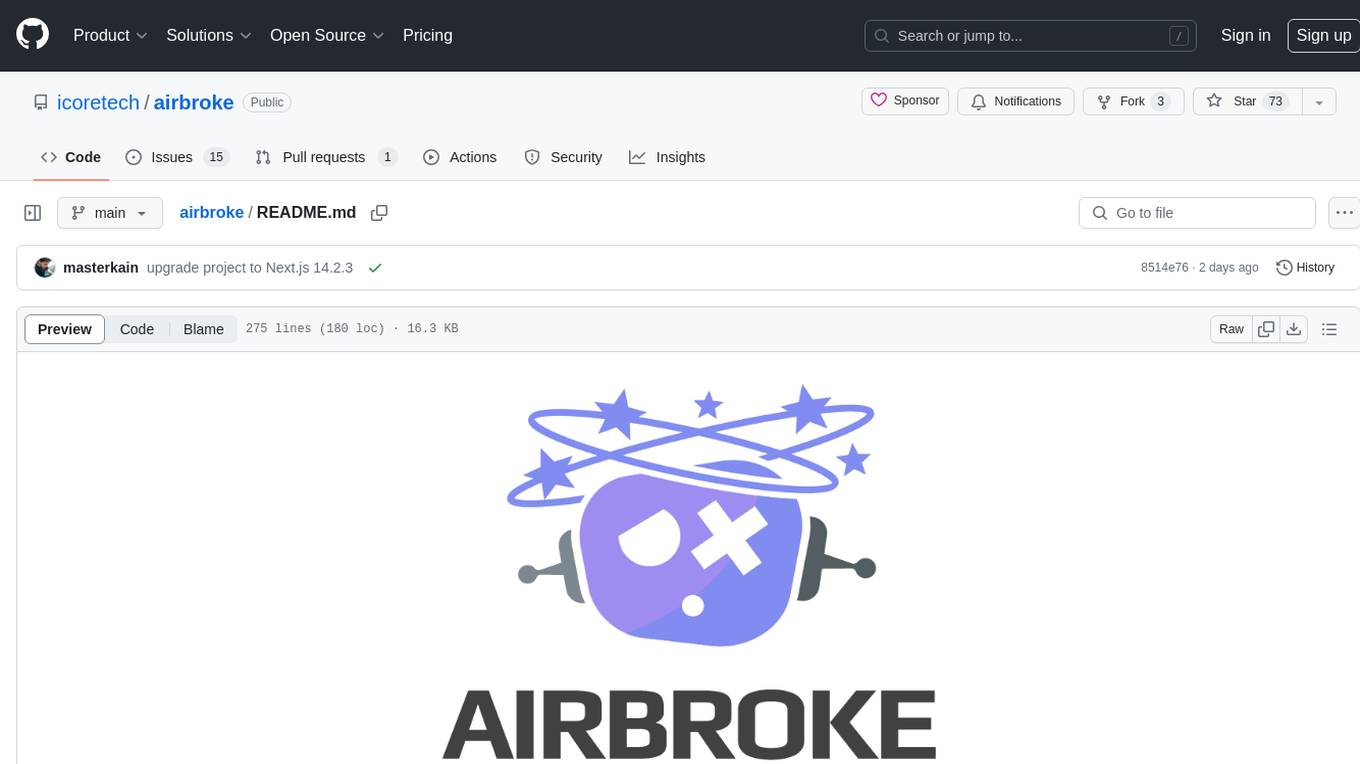
airbroke
Airbroke is an open-source error catcher tool designed for modern web applications. It provides a PostgreSQL-based backend with an Airbrake-compatible HTTP collector endpoint and a React-based frontend for error management. The tool focuses on simplicity, maintaining a small database footprint even under heavy data ingestion. Users can ask AI about issues, replay HTTP exceptions, and save/manage bookmarks for important occurrences. Airbroke supports multiple OAuth providers for secure user authentication and offers occurrence charts for better insights into error occurrences. The tool can be deployed in various ways, including building from source, using Docker images, deploying on Vercel, Render.com, Kubernetes with Helm, or Docker Compose. It requires Node.js, PostgreSQL, and specific system resources for deployment.
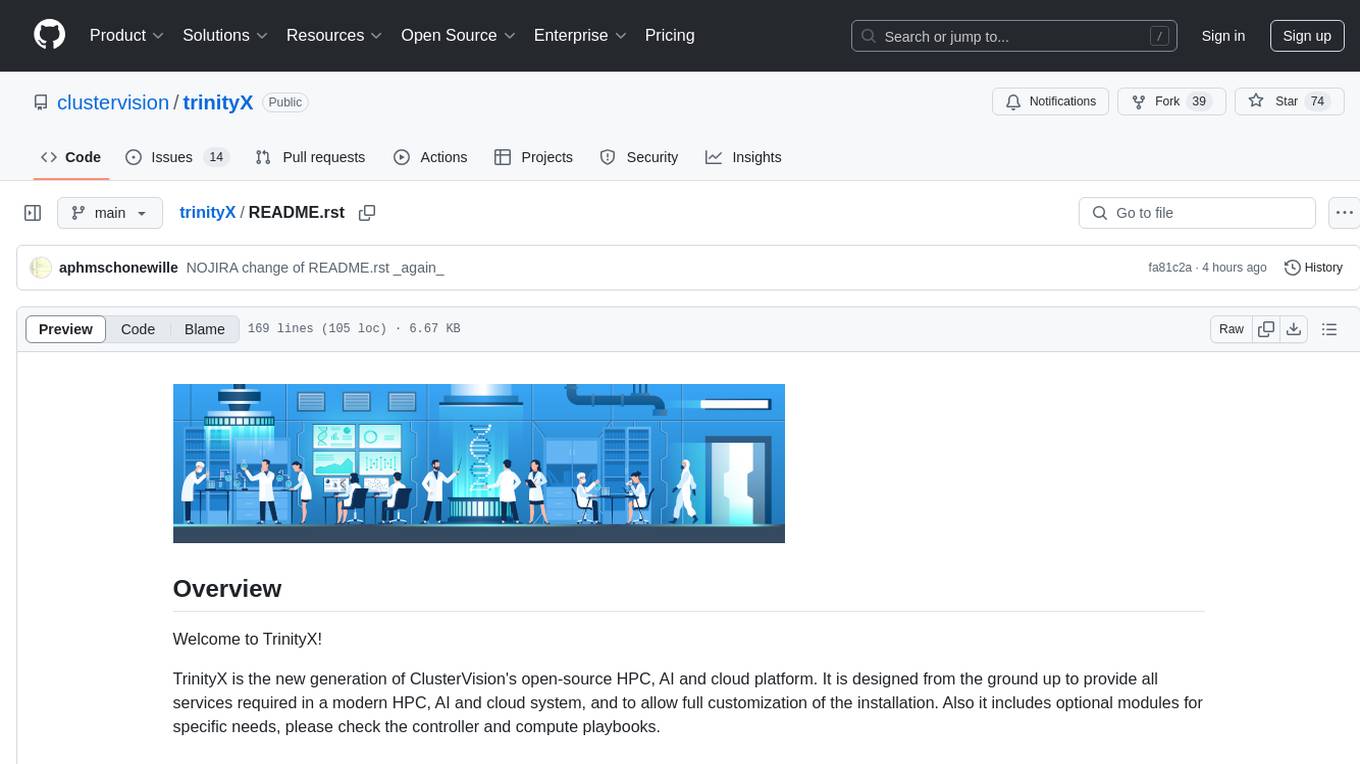
trinityX
TrinityX is an open-source HPC, AI, and cloud platform designed to provide all services required in a modern system, with full customization options. It includes default services like Luna node provisioner, OpenLDAP, SLURM or OpenPBS, Prometheus, Grafana, OpenOndemand, and more. TrinityX also sets up NFS-shared directories, OpenHPC applications, environment modules, HA, and more. Users can install TrinityX on Enterprise Linux, configure network interfaces, set up passwordless authentication, and customize the installation using Ansible playbooks. The platform supports HA, OpenHPC integration, and provides detailed documentation for users to contribute to the project.
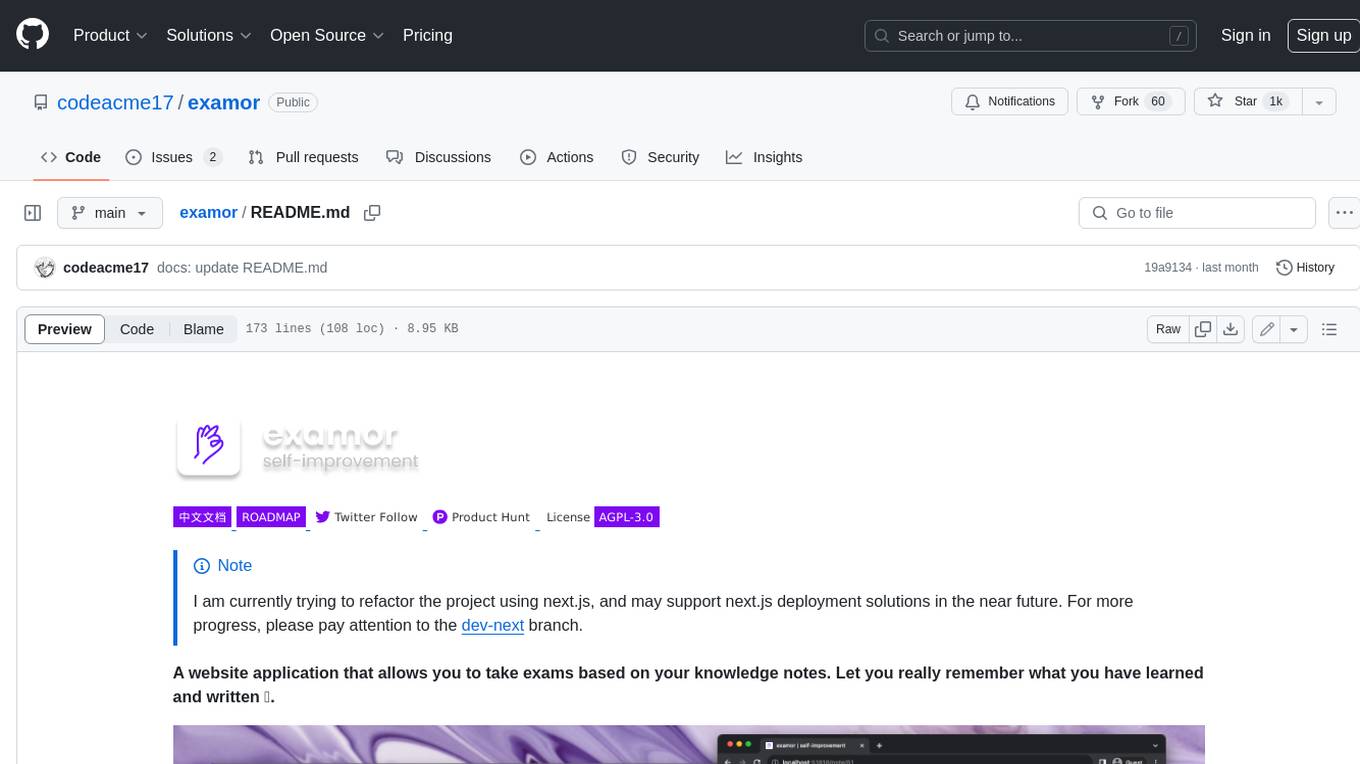
examor
Examor is a website application that allows you to take exams based on your knowledge notes. It helps you to remember what you have learned and written. The application generates a set of questions from the documents you upload, and you can answer them to test your knowledge. Examor also uses GPT to score and validate your answers, and provides you with feedback. The application is still in its early stages of development, but it has the potential to be a valuable tool for learners.
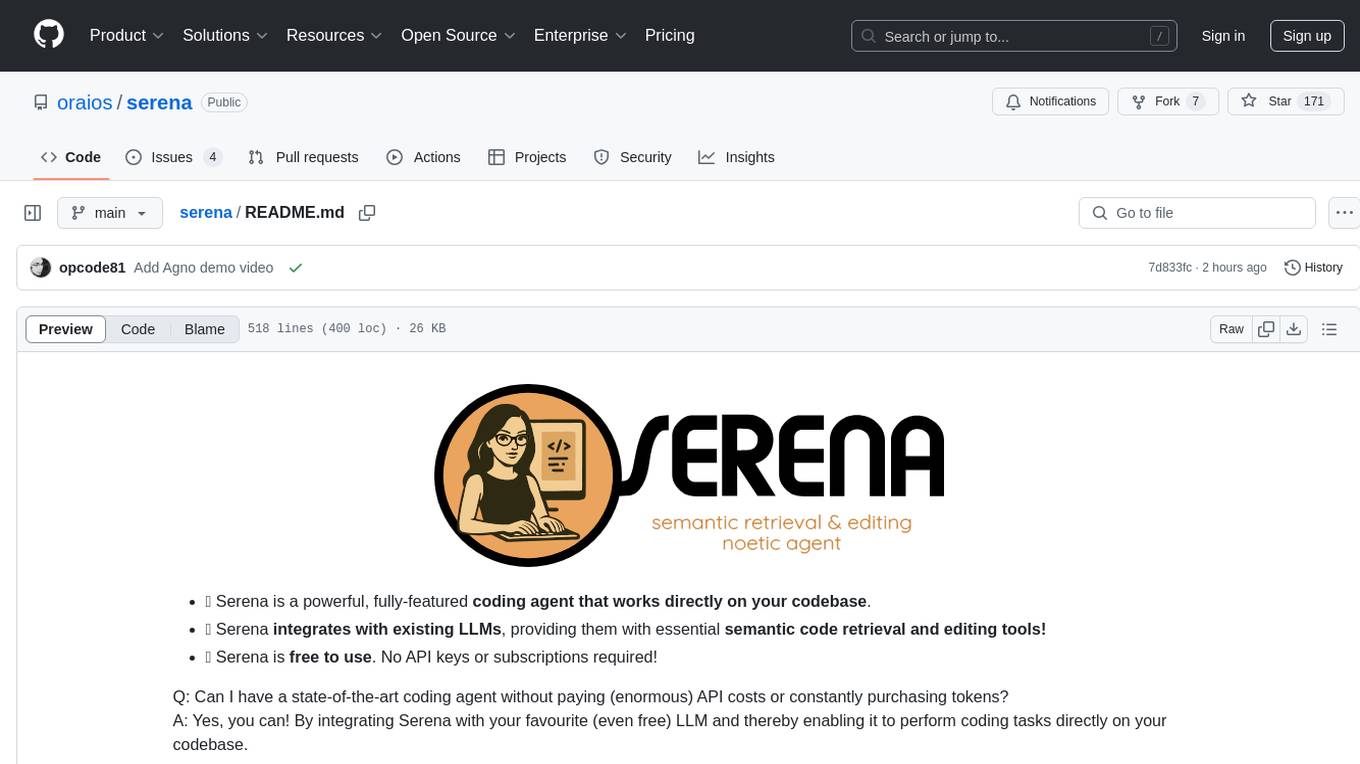
serena
Serena is a powerful coding agent that integrates with existing LLMs to provide essential semantic code retrieval and editing tools. It is free to use and does not require API keys or subscriptions. Serena can be used for coding tasks such as analyzing, planning, and editing code directly on your codebase. It supports various programming languages and offers semantic code analysis capabilities through language servers. Serena can be integrated with different LLMs using the model context protocol (MCP) or Agno framework. The tool provides a range of functionalities for code retrieval, editing, and execution, making it a versatile coding assistant for developers.
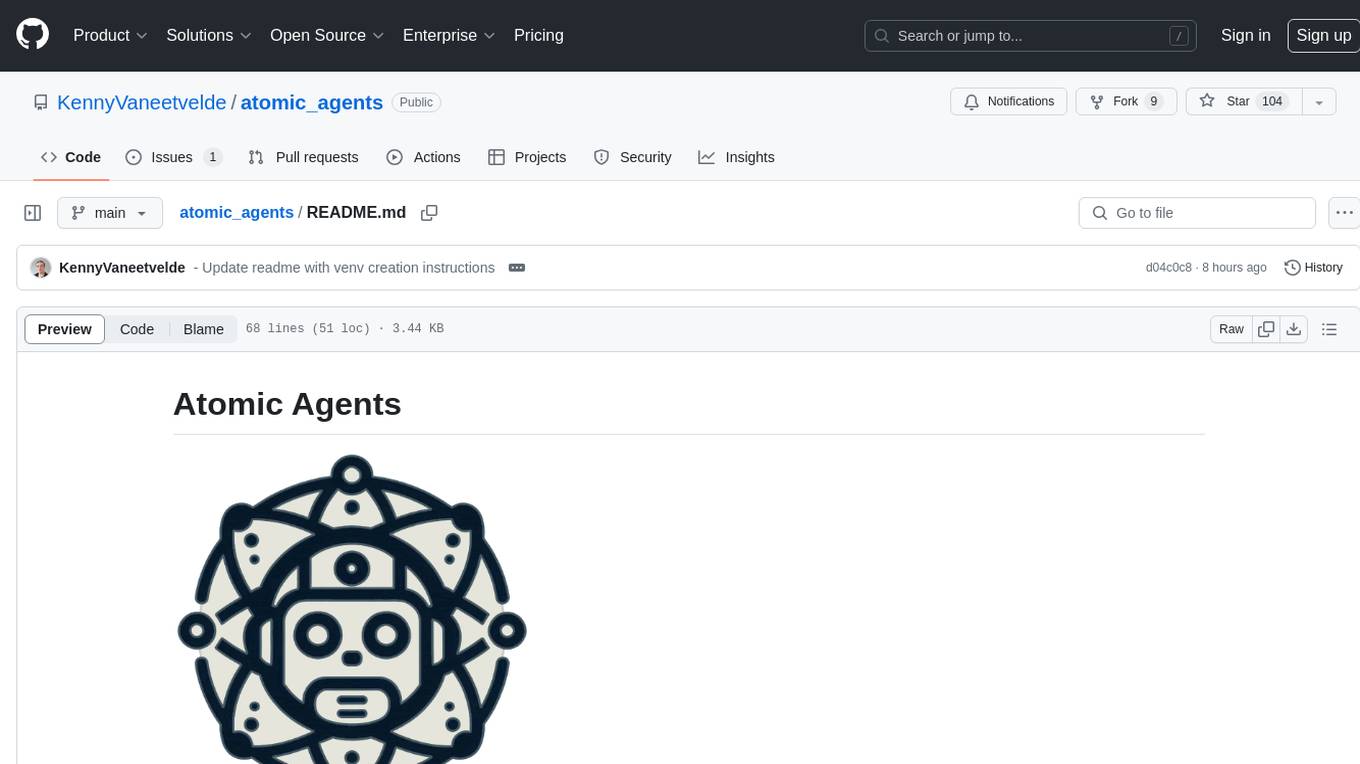
atomic_agents
Atomic Agents is a modular and extensible framework designed for creating powerful applications. It follows the principles of Atomic Design, emphasizing small and single-purpose components. Leveraging Pydantic for data validation and serialization, the framework offers a set of tools and agents that can be combined to build AI applications. It depends on the Instructor package and supports various APIs like OpenAI, Cohere, Anthropic, and Gemini. Atomic Agents is suitable for developers looking to create AI agents with a focus on modularity and flexibility.
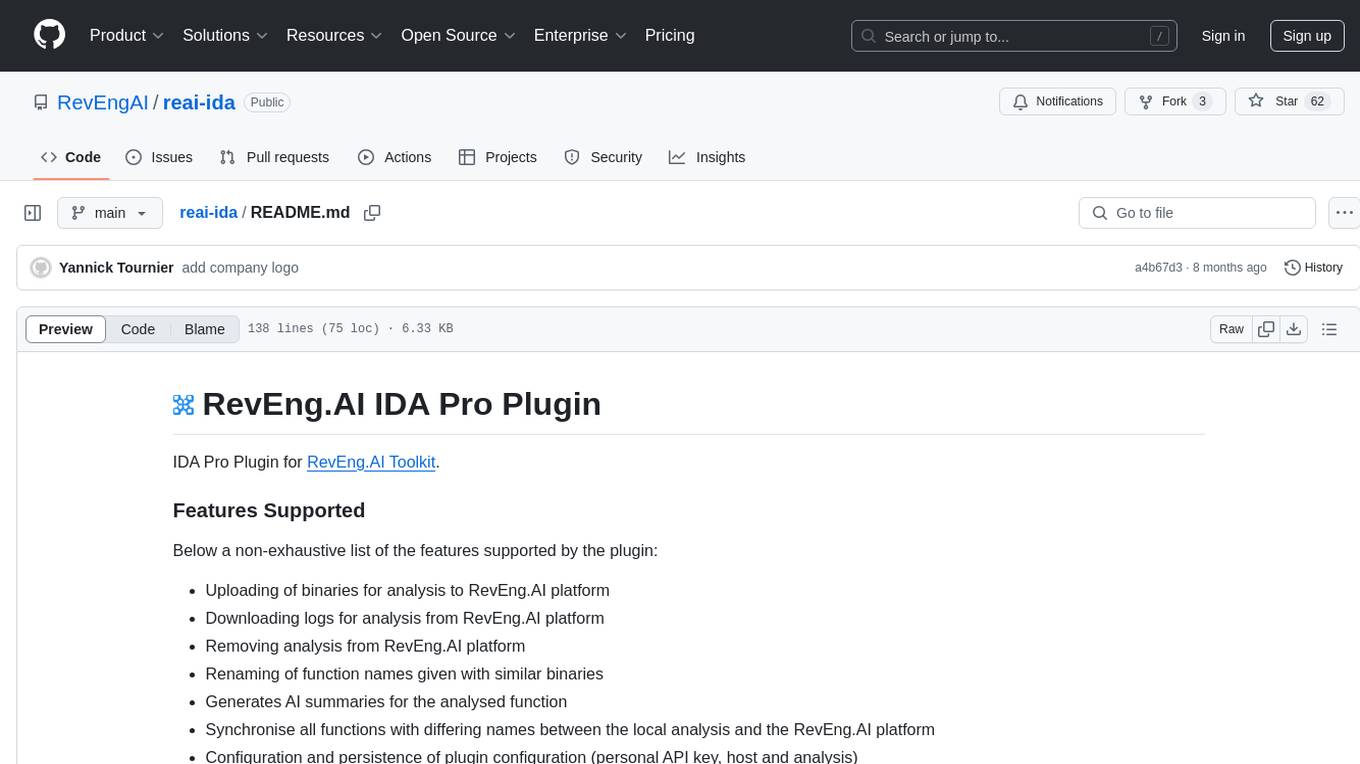
reai-ida
RevEng.AI IDA Pro Plugin is a tool that integrates with the RevEng.AI platform to provide various features such as uploading binaries for analysis, downloading analysis logs, renaming function names, generating AI summaries, synchronizing functions between local analysis and the platform, and configuring plugin settings. Users can upload files for analysis, synchronize function names, rename functions, generate block summaries, and explain function behavior using this plugin. The tool requires IDA Pro v8.0 or later with Python 3.9 and higher. It relies on the 'reait' package for functionality.
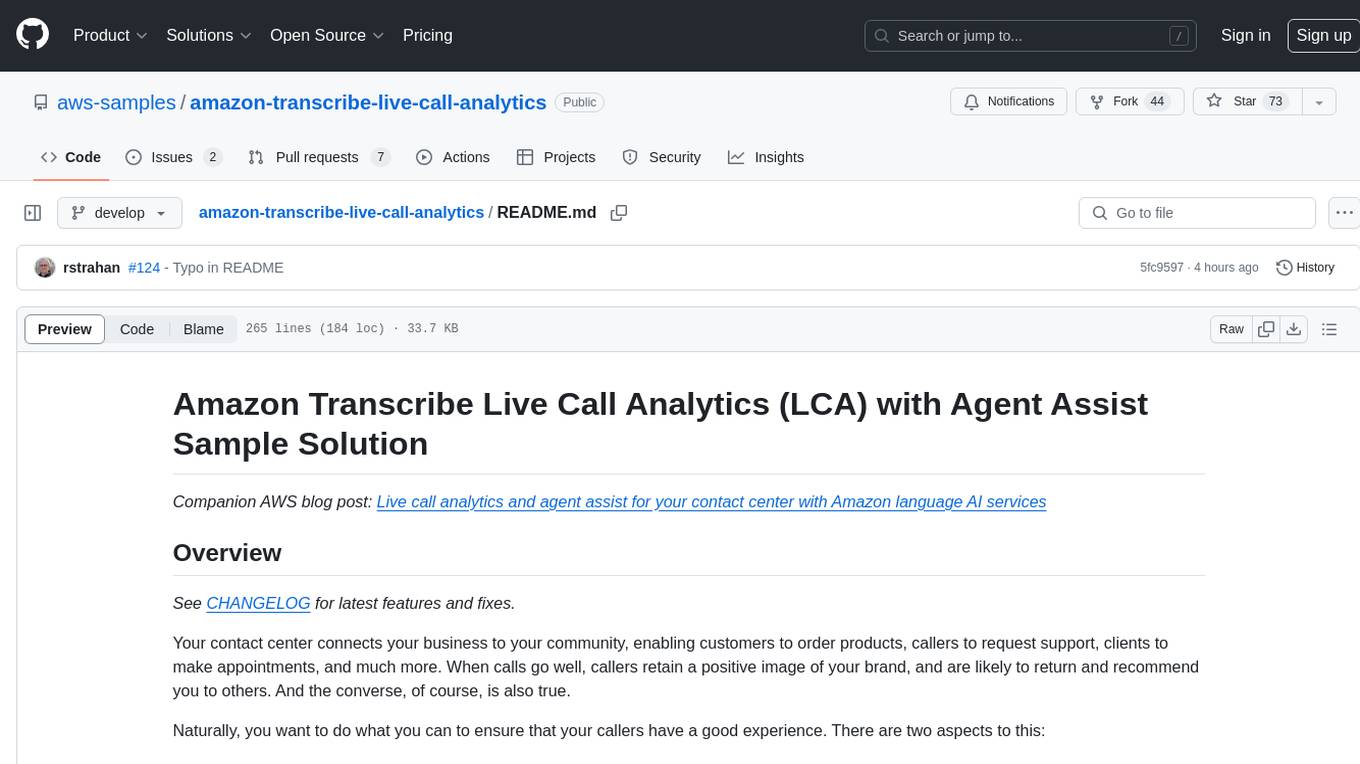
amazon-transcribe-live-call-analytics
The Amazon Transcribe Live Call Analytics (LCA) with Agent Assist Sample Solution is designed to help contact centers assess and optimize caller experiences in real time. It leverages Amazon machine learning services like Amazon Transcribe, Amazon Comprehend, and Amazon SageMaker to transcribe and extract insights from contact center audio. The solution provides real-time supervisor and agent assist features, integrates with existing contact centers, and offers a scalable, cost-effective approach to improve customer interactions. The end-to-end architecture includes features like live call transcription, call summarization, AI-powered agent assistance, and real-time analytics. The solution is event-driven, ensuring low latency and seamless processing flow from ingested speech to live webpage updates.
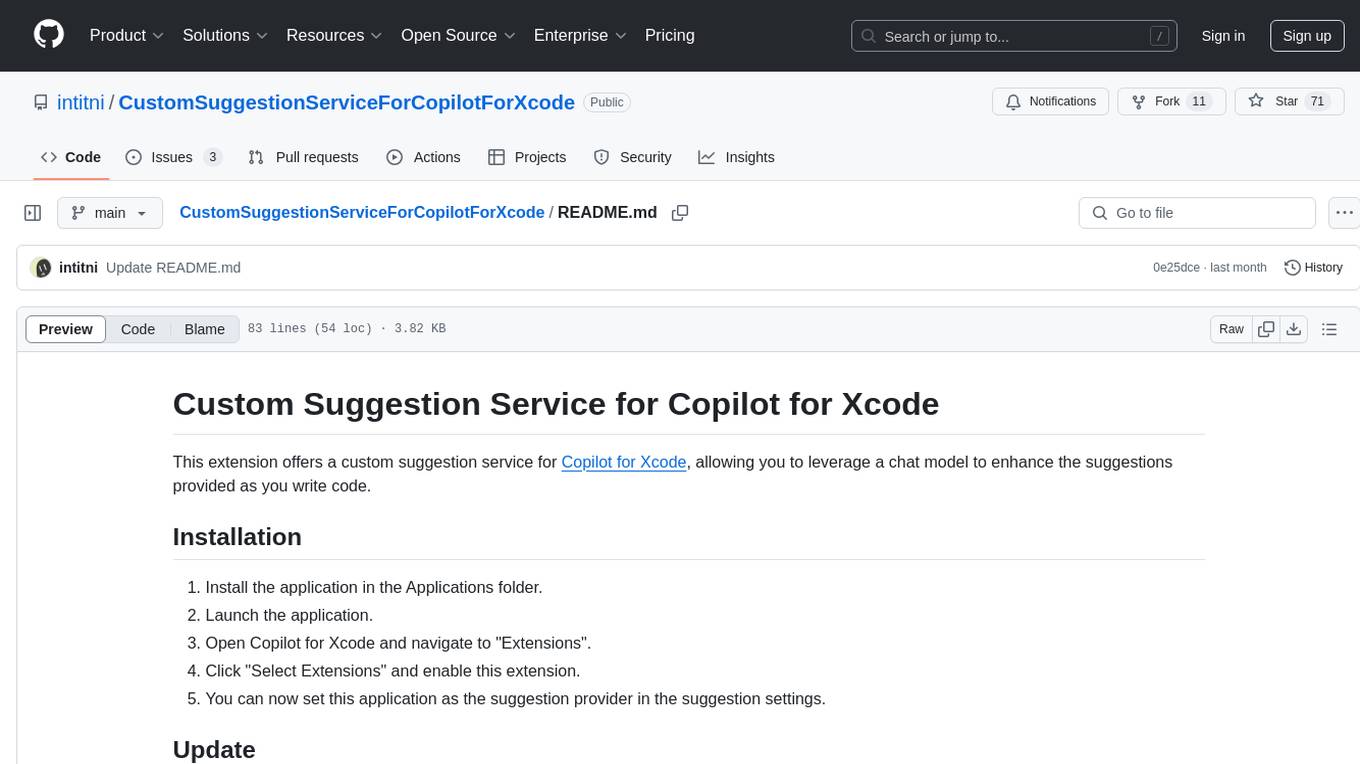
CustomSuggestionServiceForCopilotForXcode
This repository provides a custom suggestion service for Copilot for Xcode, allowing users to enhance code suggestions using chat models. It supports different suggestion services and strategies for generating code suggestions. Users can customize prompt formats and utilize local models for code completion.
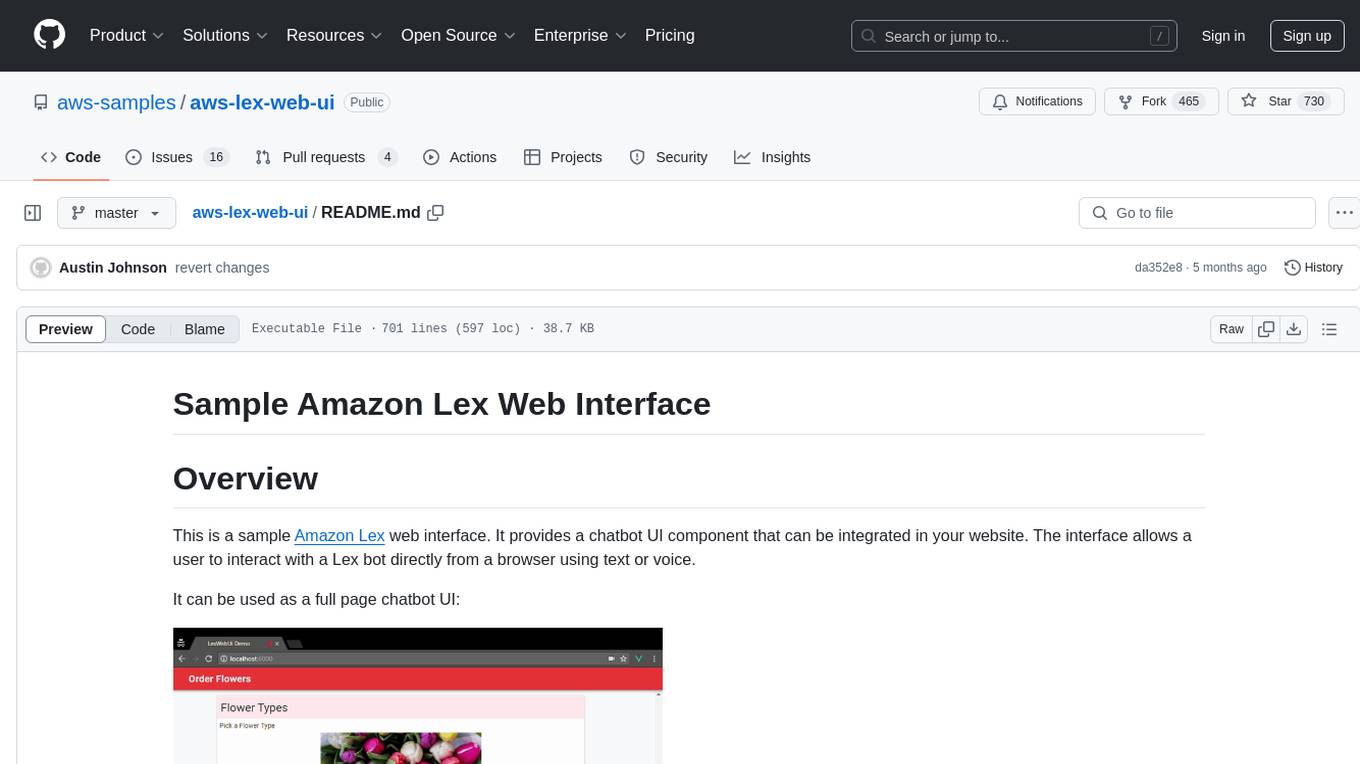
aws-lex-web-ui
The AWS Lex Web UI is a sample Amazon Lex web interface that provides a chatbot UI component for integration into websites. It supports voice and text interactions, Lex response cards, and programmable configuration using JavaScript. The interface can be used as a full-page chatbot UI or embedded as a widget. It offers mobile-ready responsive UI, seamless voice-text switching, and interactive messaging support. The project includes CloudFormation templates for easy deployment and customization. Users can modify configurations, integrate the UI into existing sites, and deploy using various methods like CloudFormation, pre-built libraries, or npm installation.
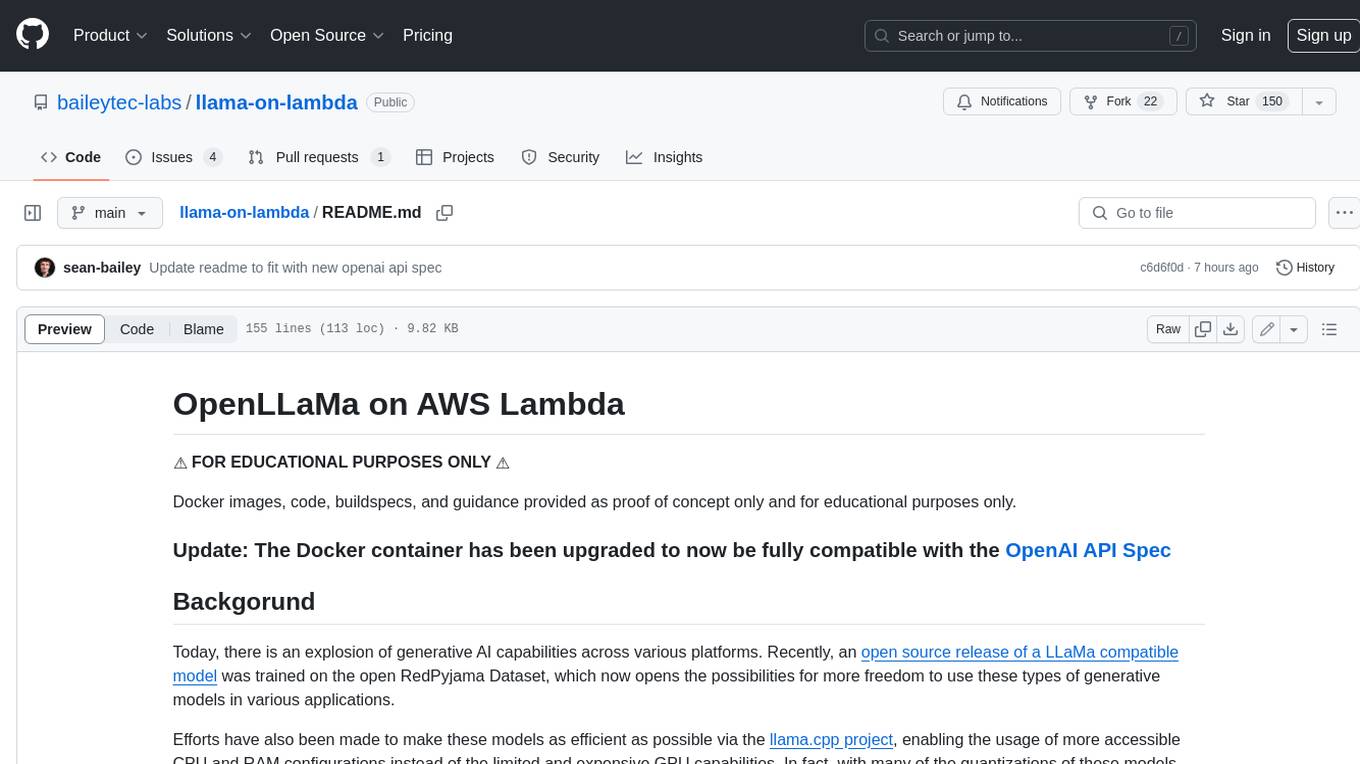
llama-on-lambda
This project provides a proof of concept for deploying a scalable, serverless LLM Generative AI inference engine on AWS Lambda. It leverages the llama.cpp project to enable the usage of more accessible CPU and RAM configurations instead of limited and expensive GPU capabilities. By deploying a container with the llama.cpp converted models onto AWS Lambda, this project offers the advantages of scale, minimizing cost, and maximizing compute availability. The project includes AWS CDK code to create and deploy a Lambda function leveraging your model of choice, with a FastAPI frontend accessible from a Lambda URL. It is important to note that you will need ggml quantized versions of your model and model sizes under 6GB, as your inference RAM requirements cannot exceed 9GB or your Lambda function will fail.
GlaDOS
This project aims to create a real-life version of GLaDOS, an aware, interactive, and embodied AI entity. It involves training a voice generator, developing a 'Personality Core,' implementing a memory system, providing vision capabilities, creating 3D-printable parts, and designing an animatronics system. The software architecture focuses on low-latency voice interactions, utilizing a circular buffer for data recording, text streaming for quick transcription, and a text-to-speech system. The project also emphasizes minimal dependencies for running on constrained hardware. The hardware system includes servo- and stepper-motors, 3D-printable parts for GLaDOS's body, animations for expression, and a vision system for tracking and interaction. Installation instructions cover setting up the TTS engine, required Python packages, compiling llama.cpp, installing an inference backend, and voice recognition setup. GLaDOS can be run using 'python glados.py' and tested using 'demo.ipynb'.

chronon
Chronon is a platform that simplifies and improves ML workflows by providing a central place to define features, ensuring point-in-time correctness for backfills, simplifying orchestration for batch and streaming pipelines, offering easy endpoints for feature fetching, and guaranteeing and measuring consistency. It offers benefits over other approaches by enabling the use of a broad set of data for training, handling large aggregations and other computationally intensive transformations, and abstracting away the infrastructure complexity of data plumbing.
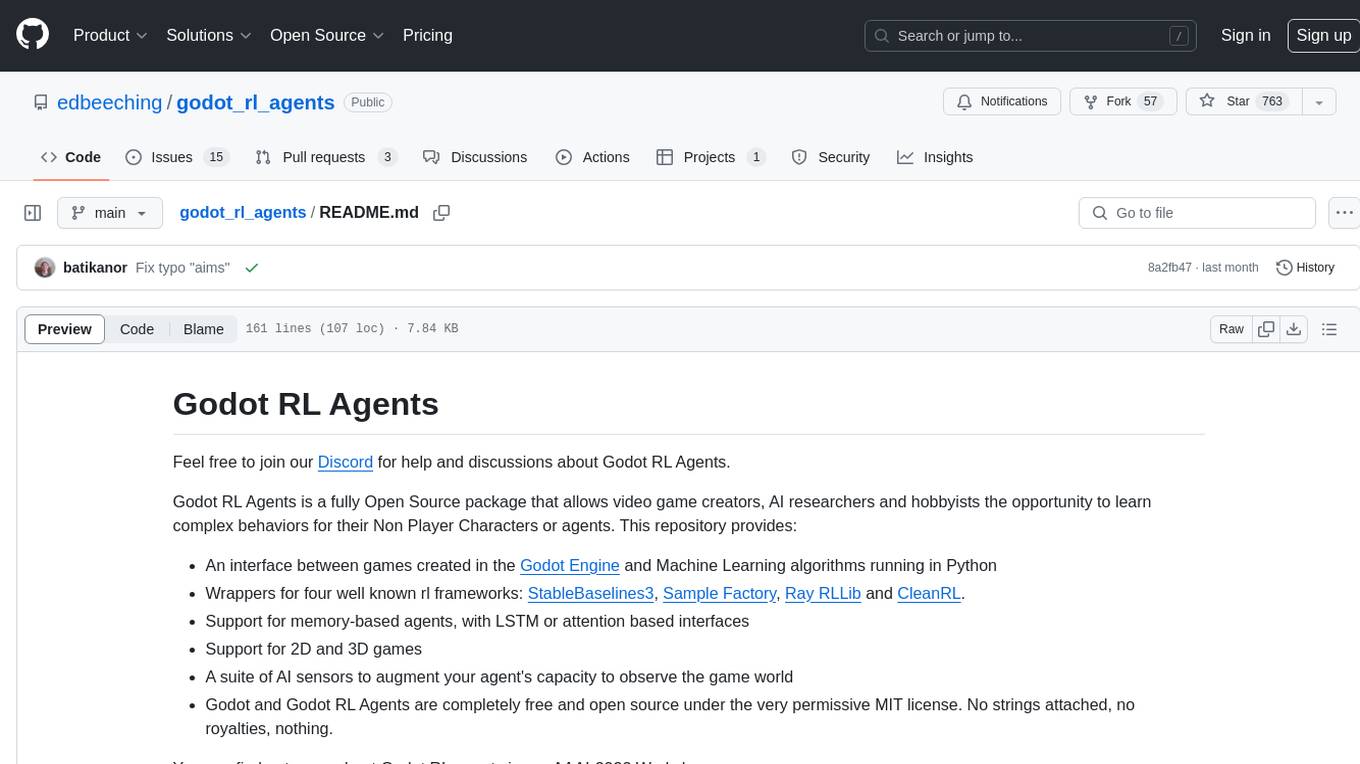
godot_rl_agents
Godot RL Agents is an open-source package that facilitates the integration of Machine Learning algorithms with games created in the Godot Engine. It provides interfaces for popular RL frameworks, support for memory-based agents, 2D and 3D games, AI sensors, and is licensed under MIT. Users can train agents in the Godot editor, create custom environments, export trained agents in ONNX format, and utilize advanced features like different RL training frameworks.
For similar tasks

AppAgent
AppAgent is a novel LLM-based multimodal agent framework designed to operate smartphone applications. Our framework enables the agent to operate smartphone applications through a simplified action space, mimicking human-like interactions such as tapping and swiping. This novel approach bypasses the need for system back-end access, thereby broadening its applicability across diverse apps. Central to our agent's functionality is its innovative learning method. The agent learns to navigate and use new apps either through autonomous exploration or by observing human demonstrations. This process generates a knowledge base that the agent refers to for executing complex tasks across different applications.
For similar jobs

AppAgent
AppAgent is a novel LLM-based multimodal agent framework designed to operate smartphone applications. Our framework enables the agent to operate smartphone applications through a simplified action space, mimicking human-like interactions such as tapping and swiping. This novel approach bypasses the need for system back-end access, thereby broadening its applicability across diverse apps. Central to our agent's functionality is its innovative learning method. The agent learns to navigate and use new apps either through autonomous exploration or by observing human demonstrations. This process generates a knowledge base that the agent refers to for executing complex tasks across different applications.

weave
Weave is a toolkit for developing Generative AI applications, built by Weights & Biases. With Weave, you can log and debug language model inputs, outputs, and traces; build rigorous, apples-to-apples evaluations for language model use cases; and organize all the information generated across the LLM workflow, from experimentation to evaluations to production. Weave aims to bring rigor, best-practices, and composability to the inherently experimental process of developing Generative AI software, without introducing cognitive overhead.
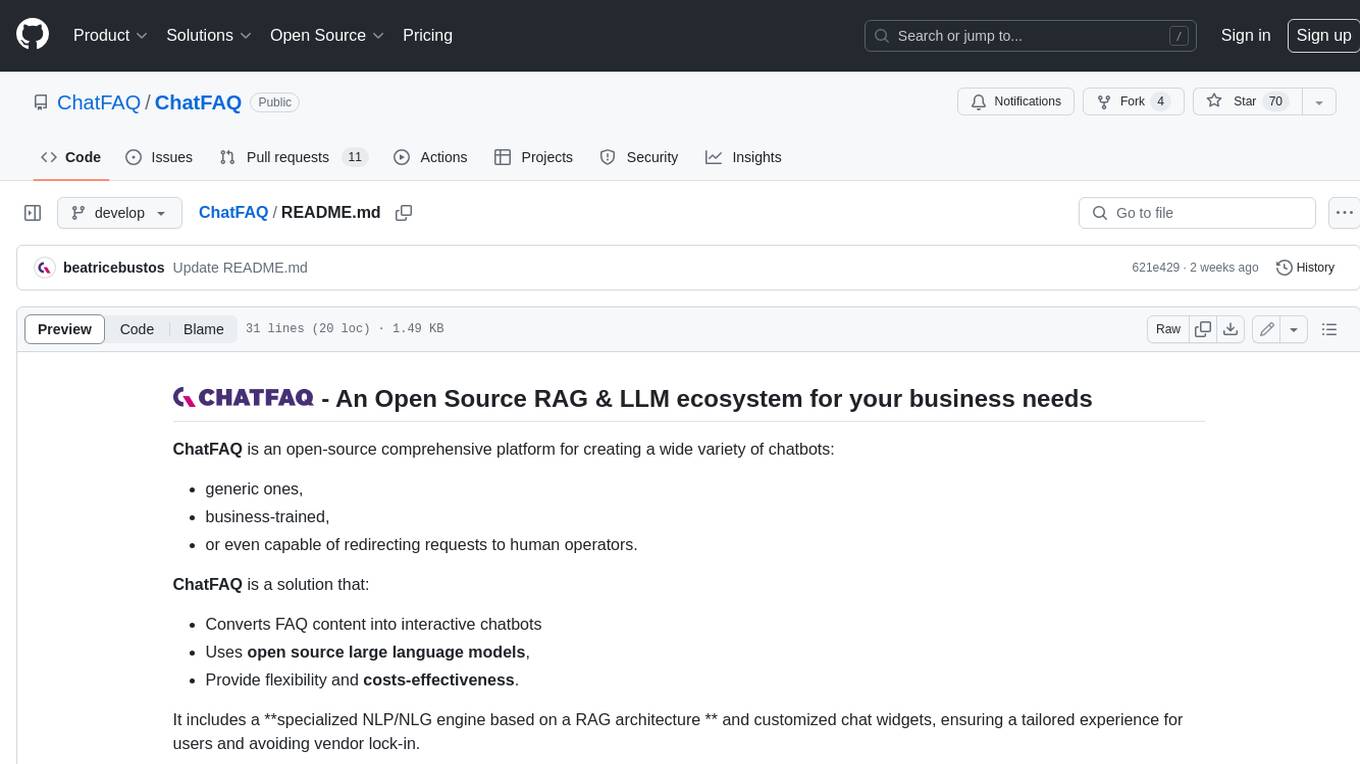
ChatFAQ
ChatFAQ is an open-source comprehensive platform for creating a wide variety of chatbots: generic ones, business-trained, or even capable of redirecting requests to human operators. It includes a specialized NLP/NLG engine based on a RAG architecture and customized chat widgets, ensuring a tailored experience for users and avoiding vendor lock-in.

agentcloud
AgentCloud is an open-source platform that enables companies to build and deploy private LLM chat apps, empowering teams to securely interact with their data. It comprises three main components: Agent Backend, Webapp, and Vector Proxy. To run this project locally, clone the repository, install Docker, and start the services. The project is licensed under the GNU Affero General Public License, version 3 only. Contributions and feedback are welcome from the community.

LLMStack
LLMStack is a no-code platform for building generative AI agents, workflows, and chatbots. It allows users to connect their own data, internal tools, and GPT-powered models without any coding experience. LLMStack can be deployed to the cloud or on-premise and can be accessed via HTTP API or triggered from Slack or Discord.

VisionCraft
The VisionCraft API is a free API for using over 100 different AI models. From images to sound.
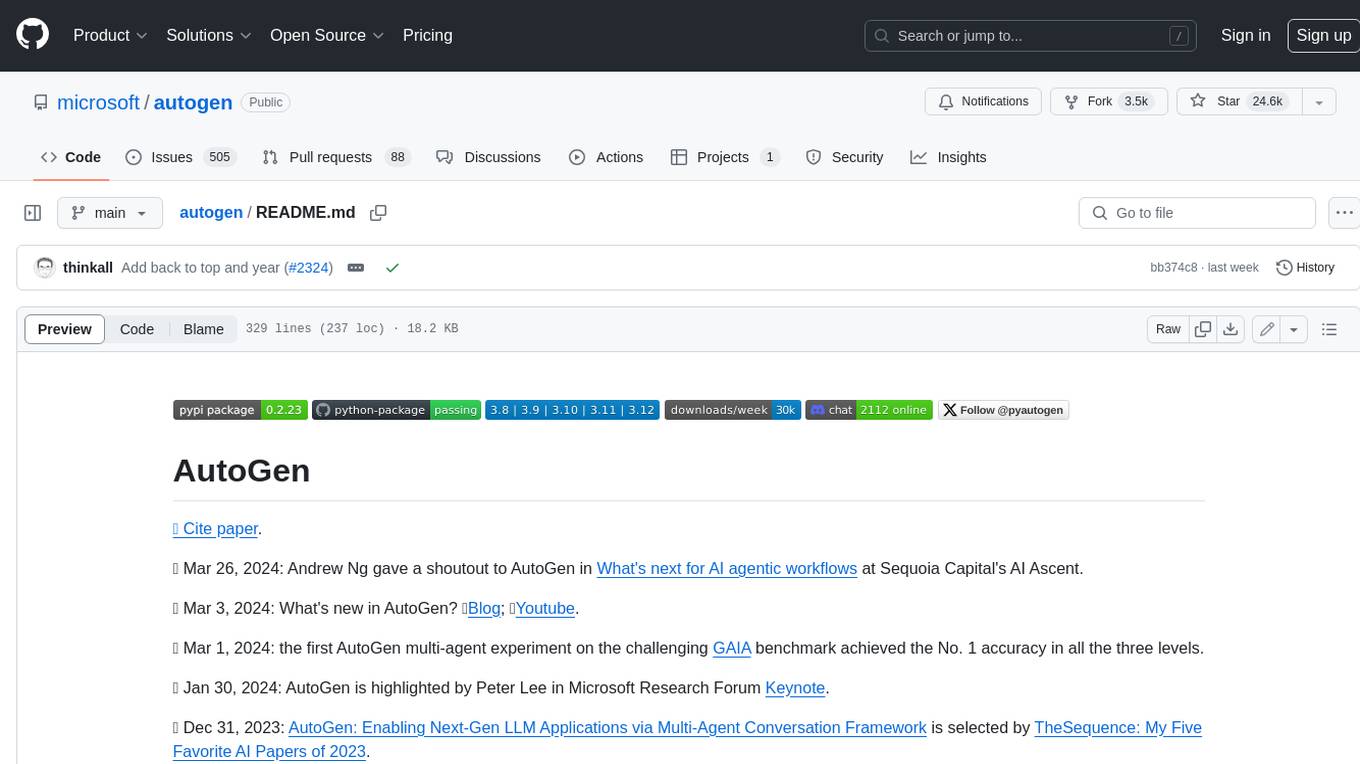
autogen
AutoGen is a framework that enables the development of LLM applications using multiple agents that can converse with each other to solve tasks. AutoGen agents are customizable, conversable, and seamlessly allow human participation. They can operate in various modes that employ combinations of LLMs, human inputs, and tools.
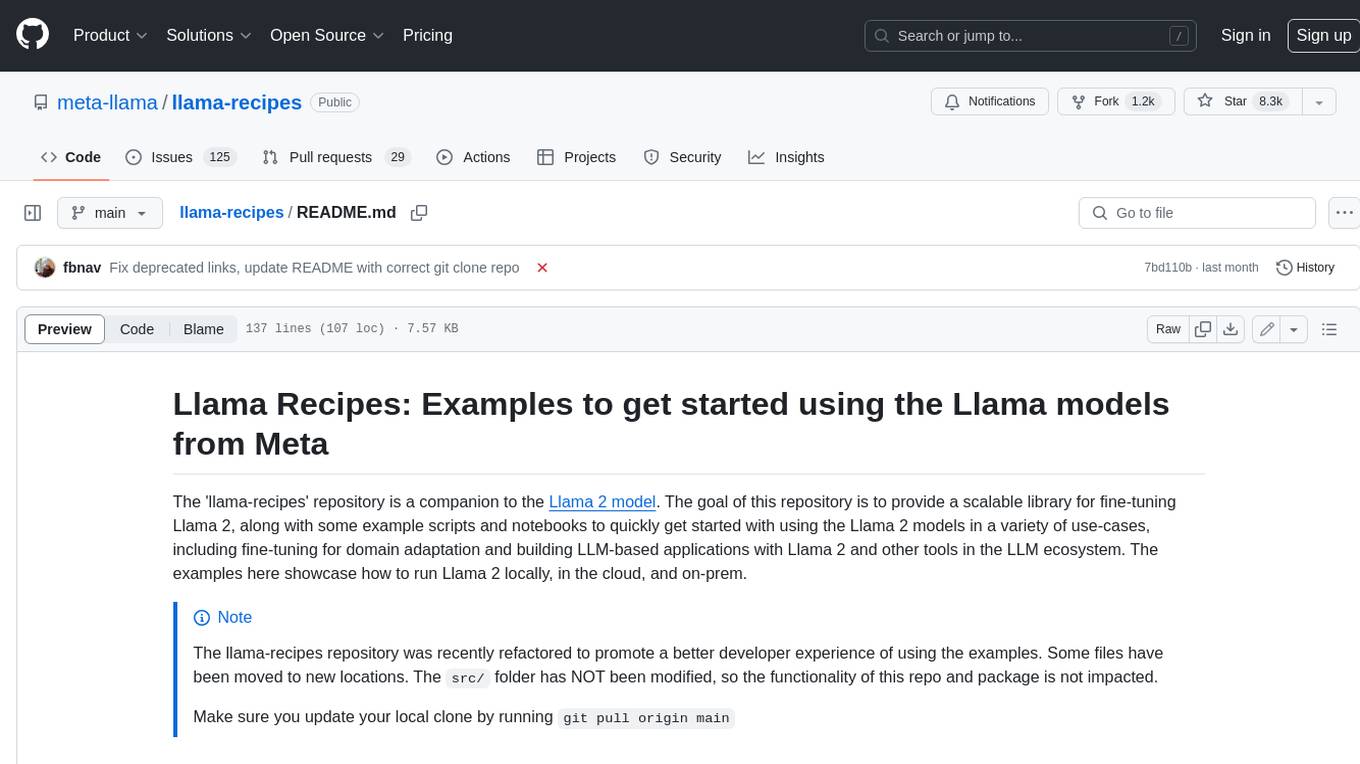
llama-recipes
The llama-recipes repository provides a scalable library for fine-tuning Llama 2, along with example scripts and notebooks to quickly get started with using the Llama 2 models in a variety of use-cases, including fine-tuning for domain adaptation and building LLM-based applications with Llama 2 and other tools in the LLM ecosystem. The examples here showcase how to run Llama 2 locally, in the cloud, and on-prem.





